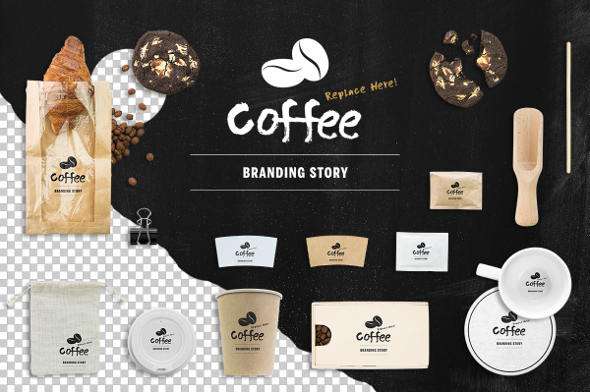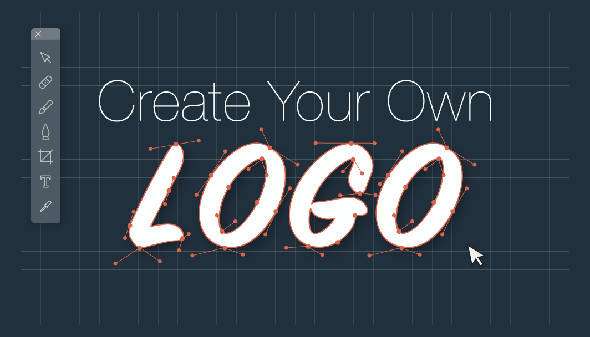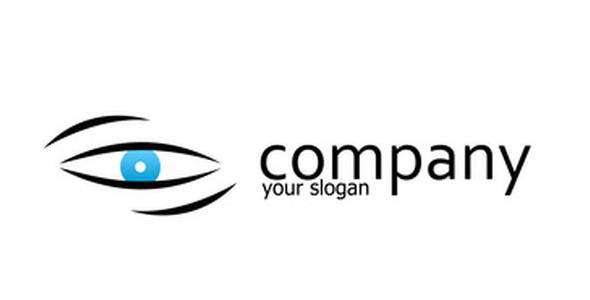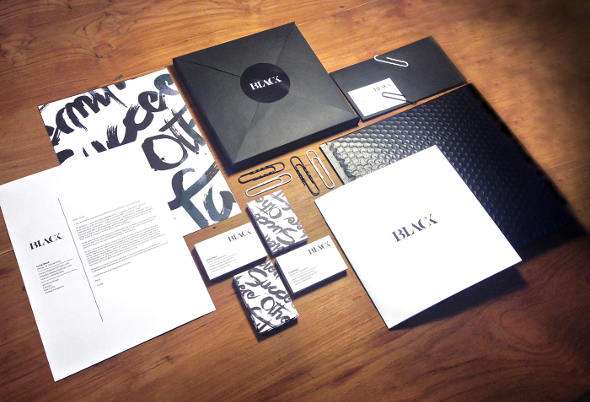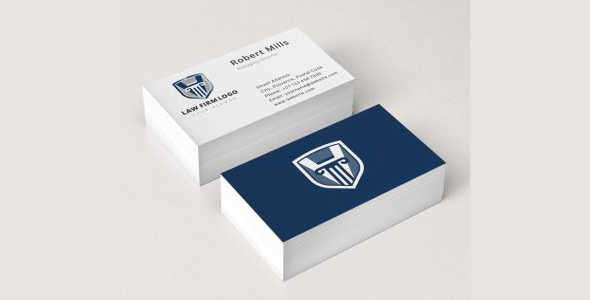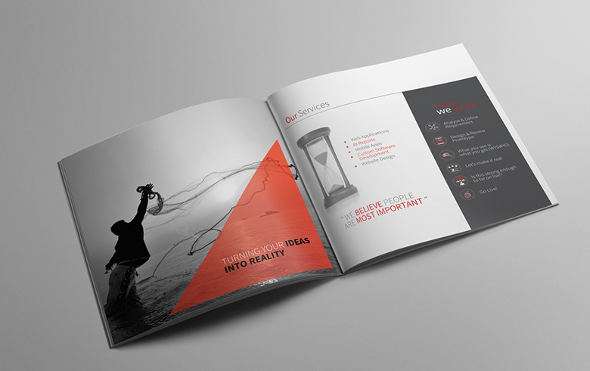Best Guide # 1 How to Build a Strong business Brand – When you’re setting up a new business, one stage you really can’t skip is developing a business branding plan. You have to be a differentiator from your competitors, and make it much more attractive to win the business competition that you will be running.
Branding creates a unique presence for your business and helps differentiate your company, products and services from other products on the market. Branding underpins all of your marketing and promotional efforts, which will be much more difficult and less successful if you ↔ and your customers don’t know what your brand is.
The concept of branding has evolved over the years, from being simply a logo being recognized by other, less obvious factors that help paint a picture of your company.
Read: List of 10 Most Expensive Brands or Brands in the World
There are several important business goals that you want to achieve. One of the most important things is to define your vision and mission for the customer and deliver it consistently.
Good branding expresses your business values and differentiates it from your competitors. Plus, branding tells the story of your business by engaging customers. It can inspire your employees too, and keep them focused on the main goals of your business.
Branding is also part of how you convey what your customers expect from you. In fact, it’s an important part of your relationship with customers, building trust from the first time they hear about your business, to the time they interact with you, and long after the transaction is complete. A good brand can make customers more loyal to you than your competitors.
As you can see, you cannot ignore branding when building your business. So, let’s start with the basics you need to finish to build a strong brand.
Start with Business Branding
Like all other aspects of business development, creating a branding plan requires gathering information. Its purpose is to learn all you can about your customers and competitors so you can customize your branding and message.
The best approach is to ask questions that help you identify your competitive differences, the needs of your industry, and the value you bring to customers. That knowledge will be essential when you’re ready to nail branding.
If you’ve been working on a business startup plan or digital marketing plan, you already have some of the information you need for your branding strategy. If not, now is the time to do it. The first thing you are going to need is a great brand name. There are a number of business name generators out there to give you some ideas. Just make sure that your name fits your overall strategy. For instance – as we’ll see in the next step – you will need to incorporate it into your logo somehow.
In this digital marketing guide, I cover the following key questions and show you how to get the answers you need:
- Where is my industry running?
- What is my target audience?
- Who is my typical customer?
- Who are my biggest direct competitors?
- What are their strengths and weaknesses?
- What advantages does my business have over my competitors?
Other important questions to answer for your branding strategy include:
- What is the mission of my business? What is the vision?
- What values and qualities do I want my business to associate with?
- What do I want people to think and feel about my business?
Think about any major brands you like and you’ll realize they’ve been through this process, but they’re not the only ones. Every business operates in a specific niche to serve specific customers. And all businesses aim to be different from their competitors, either in the variety of services offered, or the way in which they offer those services.
The questions listed above will help you articulate these differences and to reach some conclusions about the concepts and ideas that best represent your brand. Once you understand the concepts, you are ready to work on the marketing and promotional elements that will showcase your brand to the outside world. This includes logos, slogans or taglines, advertisements, explanatory videos, business cards and brochures.
Step # 1: Design Your Business Logo
If you think about the most recognized brands in the world, you can probably imagine their logos immediately. Look at the logos and you conjure up memories of your relationship with the brand. Since your logo is one of the first things people see, it’s a great place to start with your branding strategy.
In short, a good logo makes your business memorable. The goal is for customers who have seen your logo multiple times to start recognizing it so this will build a strong business brand. It starts building their relationship with you and helps them trust you. Over time, just looking at the logo will remind them of their interactions with your business. If that interaction is positive, they’ll be more likely to come back to buy from you again.
That is why it is so important to make your business logo as good as possible and correct. For example, your logo design options could include:
- A logo that looks like a signature
- A watercolor logo that looks like it’s been painted
- Flat logos, like the popular flat design style for mobile devices
- Vintage logo, which has a classic charm
- Free flowing hand drawn logo
- 3D logo
Read: The meanings behind the 25 Unique Best and Famous Logos
These are just a few examples of the various business logo designs available. You can find more great logo design examples if you check what some of the best brand identity agencies are doing, and where their priorities stand. Based on your previous research about your market and your customers, as well as what you know about your vision, mission and values, you will be able to choose a logo style that accurately represents the services your business provides and the values it represents.
This is essential when you want to create and apply a logo
- You should use your logo in several locations, such as on your website, in advertisements, on stationery, on printed materials, and more. For website use, check with your web designer to find the exact size you need to fit your existing design. You can then get your logo designer to give you a logo that fits perfectly.
- Also use the logo anywhere else you need it. If you plan to use it in printed materials, keep in mind that you need a high-resolution version with a resolution of at least 300 dpi so that it looks crisp and sharp on the printed page.
- Choose your logo color carefully. Not only does color increase brand recognition by up to 80%, but it also influences how people perceive your brand. You have to understand the psychology of color to choose colors to create the right perception for your business.
- Lastly, when you get a custom logo design, make sure you get the raw files for your logo. You will need this if you want to make changes later and decide to work with another designer.
Step # 2: Choose a Slogan and Tagline
After your logo, the next most important part of branding is the slogan of your business, company or product. Also known as a tagline, this is a short phrase or sentence that summarizes the most important message you want to convey to your customers about your business or product. They are very important for marketing where people can’t see your logo, such as when listening to podcasts or radio commercials. This business slogan will build a strong business brand.
Examples of Slogans and Taglines:
- “Smart People Drink, Reject the Wind” (Reject the Wind)
- “People Bejo Drinking Bintang Toedjoe Goes to the Wind” (Bintang Toedjoe Getting Cold)
- “Life’s Good” (LG)
- “Think Different” (Apple)
You’ll use the research I listed at the start of this guide to help you narrow down possible slogans. The best slogans are easy to remember, set your brand apart, and make people feel positive about your company. In most cases, they are used in two main ways:
To show the greatest advantage of your product. If you’re the first, best or fastest at doing something, this will likely be featured in your slogan.
To highlight your business values.
You have to decide which is more important. If you have a clear big advantage over your competitors, then there’s no need to think about highlighting this in your slogan. If the differences between you were more balanced, a values-based slogan might be a better approach.
Once you’ve made your decision, you’ll be able to use that slogan in all of your marketing and advertising, both with your logo and on business cards, brochures, banner ads, and more.
The important thing in using slogans & taglines
- The only good slogan is one that is easy for people to remember, so make it catchy so that it sticks in people’s minds.
- Keep your slogans as short as possible. This has two main advantages. First, the shorter it is, the easier it is to remember. Second, the shorter it is, the easier it will be for you to include it in banner ads, website logos and other promotional materials.
- Make sure your slogan conveys a clear message or clear feeling to your readers and potential customers.
Step # 3: Promote it with Banner Ads
When you are ready to promote your online business , one method that you can use is banner or banner type advertising. Banner ads can help attract customers and promote your business which will ultimately build a strong business brand. When they incorporate your logo, slogan and branding colors, they can help people become familiar with your business and begin to associate that branding with you.
There are many potential uses for banner advertising. For example, you might want to introduce your business, promote an event or acquire new customers and get sales. Whatever the purpose, it’s important to include a call to action as part of the banner text.
A call to action tells viewers what action you want them to take, such as visiting your website or signing up for an email newsletter. For best results, keep this action simple and specific.
Not only can you use banners on your own website (many businesses do this to promote events they participate in) but you can also place banner ads on websites that target the audience you want to reach. If they offer complementary products and services, banner ads are a great cross-promotion tool.
This is important when you are going to create banner / banner ads
- Make sure when designing your banner ad that you include your logo as part of the banner image, and make sure it’s clearly visible. This will help people become familiar with your brand and recognize your business the next time they see it.
- Make sure your banner design stands out from the page where you plan on placing it. If it has the exact same look and feel as the pages it contains, it’s unlikely that anyone will notice.
- Get the source file for your banner from your designer so you can easily edit it and resize it for use in a different location.
- Pay attention to the placement of your banners on web pages. The lower the page, the fewer people will see it and click on it.
Step # 4: Create a Video
Research has proven that online videos are a big trend and this you can use as a way to build a strong business brand. Videos get more attention than text and keep people engaged and on your site longer. That’s why it’s so important to include explainer video creation in your business branding plan.
As the name suggests, an explanation video is a short video that clearly explains what your business is. There are three main marketing issues you have to address if you want your explainer video to meet the needs of your audience:
- Who is your audience? (Which customer did you video talk to?)
- What problems are they having?
- What solutions do you offer and how do they work?
Think about the answers to those questions and have them ready when you get to the next stage of preparing your explainer video.
In order to get the right message to your audience, and the answers to those questions, you have to tackle the three core components of every video:
First, there’s the script, which is your outline for the video. This includes all words spoken and instructions on action or delivery. At this point, you will think of the most appropriate tone for your message, whether it is passionate, serious, funny or something else.
Second, there is a sound. How do you want the person reading the text to have a voice? This can change depending on whether your script calls for professional or humorous delivery. Other factors to consider include whether a man or woman is the narrator of the video and the location.
Third, there is a video image, which fits the narrative to convey your message. There are several video production styles to choose from, including whiteboard animation, 2D animation (with characters and stories), kinetic typography (where the words on the screen move) and more.
It’s important to make videos
- While this doesn’t apply to all industries, don’t be afraid to include humor in your videos. The funnier your video is, the more likely people are to share it. With countless people watching videos on YouTube and Facebook, you’ll want your explainer video to be shared.
- Let your script actors and voice actors know who your audience is and tell them the type of language they need to use to connect with your audience. Whether you are talking to sports fans, artists, students, children or seniors, each group has its own language with a unique vocabulary and appropriate tone. Use the right language and tone in your script and voiceover to engage your audience and make them feel safer with and more connected to you.
- When you upload videos to YouTube, remember to optimize your videos so that they get as many views as possible.
Change your call to action depending on where you plan to upload the video. You might use the same video on the homepage and on YouTube, but what you want viewers to do will be very different. On your site, your call to action might ask them to sign up for your email list or buy a product or service. On YouTube, you’re more likely to direct people to your site.
Step # 5: Make a Business Card
Even in the digital marketing era, business cards are still one of the best and fastest ways to provide your customers or partners with contact information.
Business cards can be a professional way to share your key business information and they can be part of building a strong business brand, especially at face-to-face events or gatherings. Since you never know when you will meet a prospect, you need to have a business card with you at all times.
Your business card is an excellent direct marketing tool and your first chance to make a good impression. As well as your logo and tagline, a business card can showcase your values, beliefs, and expertise.
This is important when you are making a Business Card
- Keep your business card designs clean. Avoid using too many elements, as this only annoys the reader.
- Consider getting a unique gimmick for your business card. If you’re a programmer, put a little code puzzle on your card. If you’re a writer, try a play on words or short phrases. Do something that makes your client look at your business card and say, “I want to work with this person.”
- Avoid creating your business card with too many details. It will only annoy the reader, so keep it clean with a limited number of elements.
Step # 6: Prepare a Business Brochure
Brochures are another promotional tool to try to build a strong business brand, and are an essential part of executing your business branding strategy. Brochures are a great way to tell your personal story and the story of your business, to showcase your values and to present your product. Most importantly, brochures can help you engage your customers.
One of the ways businesses use brochures is to highlight offers, discounts, and sales. This provides an incentive for potential customers to read it. Brochures can also help present your business when attending conferences or exhibitions.
When you decide where to use your brochure, start by distributing it to your current customers, as they are already interested in what you have to offer. Then go back to the research you did early in your business branding process about who your regular customers are.
Dig deeper to find out where they live and work, how they spend their free time, and where the best places to reach them are. That’s where you can place your brochure with a targeted offer designed to grab their attention.
This is important when creating brochures
- Like your logo, tagline, and other parts of your branding, the brochure must reflect your brand. As with videos, it’s important to get the right language to attract your target audience. This means paying attention to their copy, image, structure, and even shape. Every aspect of your brochure can add value to readers.
- Image is important. Invest in high quality, professional images as these will reflect the quality of your business. For example, if you own a restaurant business and you have high-quality images of your food then people will think about your business the same way. This can be applied to almost any business.
- Avoid the temptation to cram your brochure with too much information. Use white space and formatting to make your brochure easy to read. Too much clutter will make it difficult to understand.
And done, now feel free to carry out the methods above to strengthen your brand.
These are some of the ways to build a strong business brand. Having a strong brand is indeed very important, because with a strong brand people will easily recognize it and make products with a strong brand sell more easily even though it has a high price. Sometimes, people are also more proud of the brand used than the product. That’s the advantage of having a strong brand.
Read: The # 1 Best Digital Marketing Guide for Online Businesses






